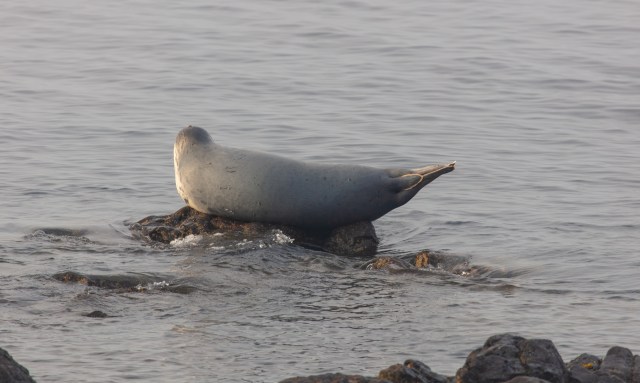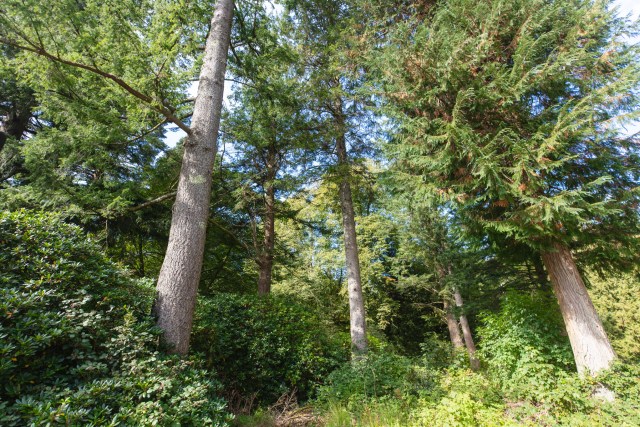
Amisfield Walled Garden lies on the outskirts of Haddington. It is part of an estate that was acquired by Francis Charteris in 1713. It had previously been New Mills Cloth Manufactory which had been acquired by Colonel James Stanfield in 1681 who built a mansion called Newmills House near where Haddington Golf Club is situated today. Francis Charteris renamed the estate to Amisfield in memory of his ancestral home near Dumfries. His grandson who became the 7th Earl of Wemyss, built a new mansion house of red Garvald stone which was started around 1755. Later it was extended, the park constructed and in 1783, the walled garden was built over eight acres of land and with walls up to 16 feet in height. When the family later moved out, the park was rented out from 1881. In the First World War the house was used as an officers’ mess and the grounds for training soldiers. The house developed dry rot and was derelict until a local builder, Richard Baillie who had built Herdmanflat hospital bought it, demolished it in 1928 and used the stone to build a hospital in Haddington and Preston Lodge School in Prestonpans. The park was sold to East Lothian Council in 1969 and it is now leased to the Amisfield Preservation Trust who have turned it into a working community garden, run by volunteers and allows visitors free of charge. There are circular buildings at each corner


and diagonal avenues with apples and other trees.


Around the edge are borders with flowers. In September it is mostly the late flowering ones

including Japanese Anemones

and Amaranthus caudatus also known as Love lies Bleeding.

There were pumpkins almost ready to harvest.

The volunteers have a greenhouse and polytunnel which they use to grow fruit and vegetables to sell.

Some old gates gave a view to other derelict buildings in the park.

We wandered around, enjoying the flowers and had a chat with some of the volunteers who were juicing apples. There is a cafe supplying drinks and cakes but we continued to enjoy the flowers before it was time to leave.

On the way out was a tree laden with berries. It will certainly be worth returning in different seasons.



























































































































